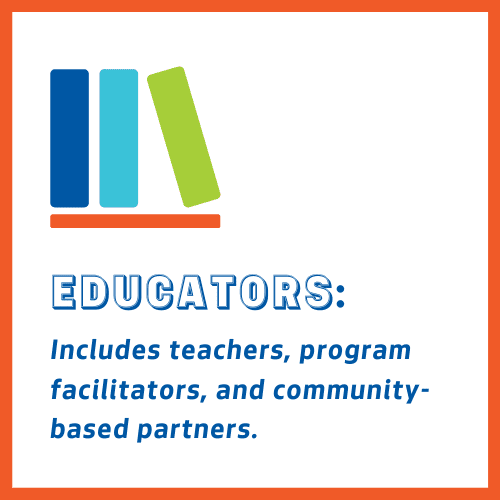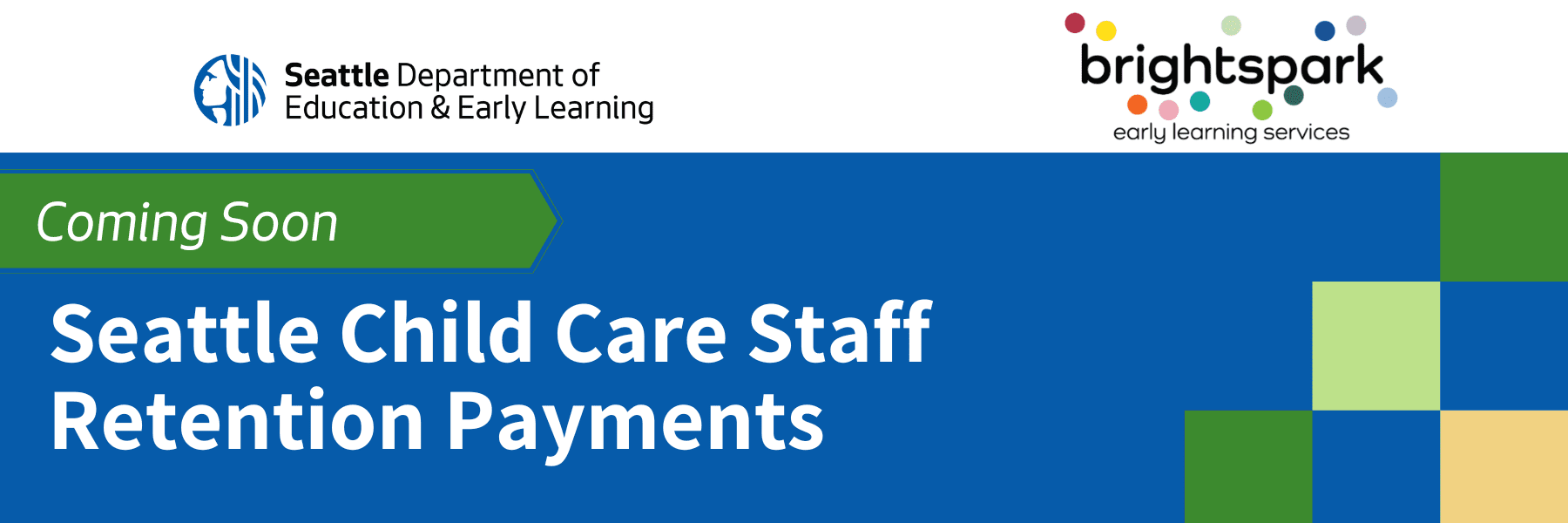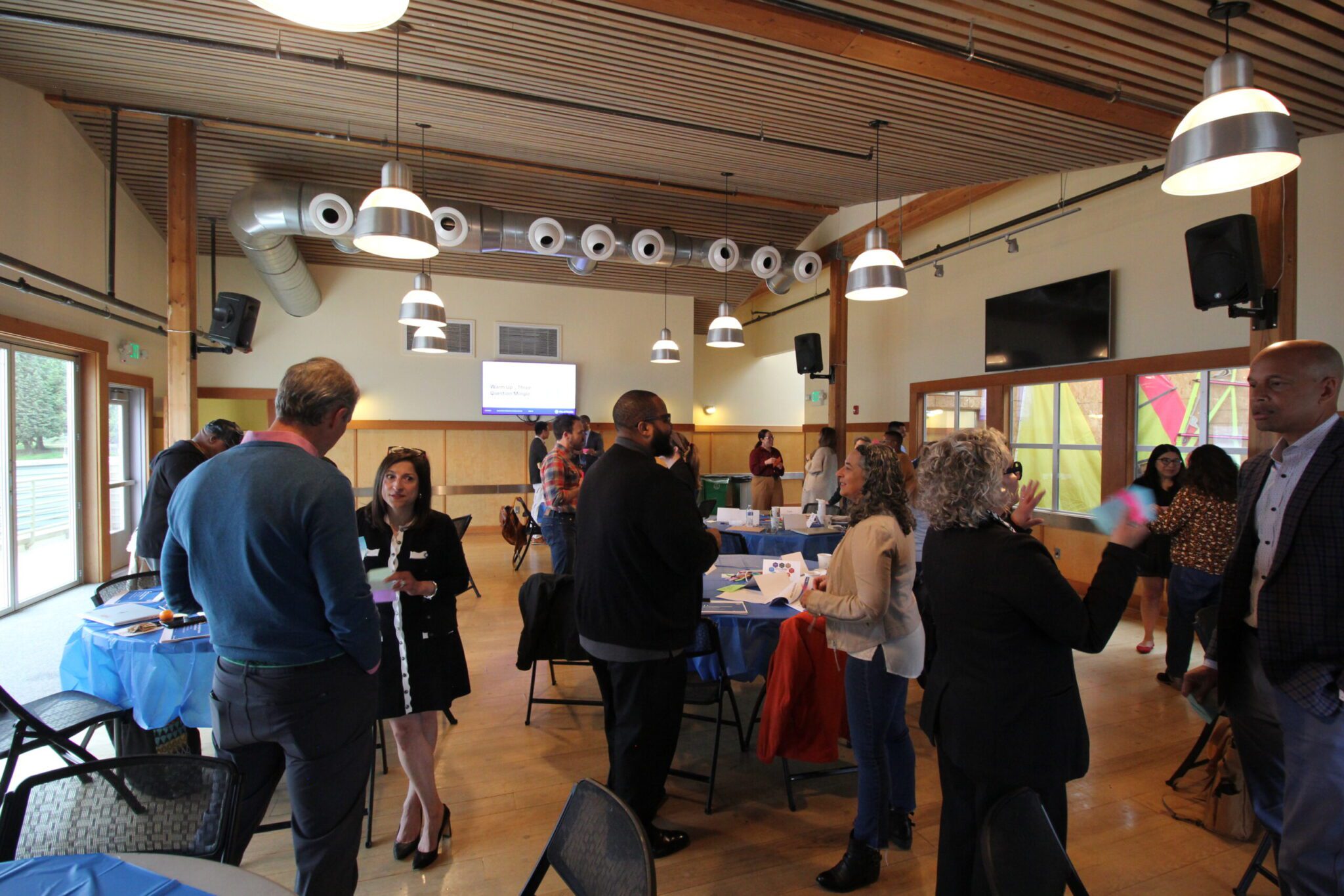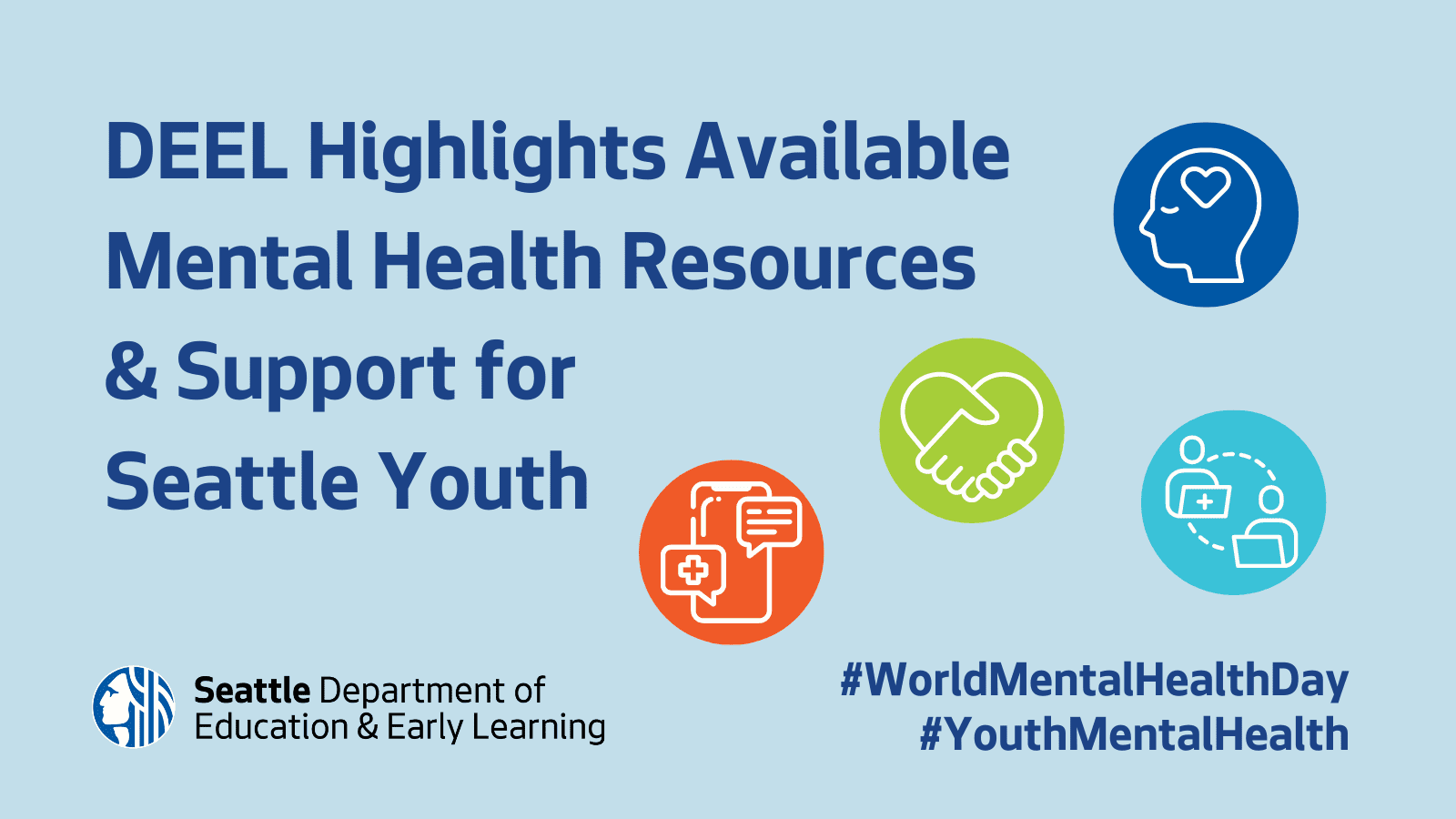
When school buildings closed in March, educators were forced into hyperdrive to launch remote learning strategies for students and parents with varying degrees of access to technology tools. Suddenly educators were just as concerned with platforms and bandwidth as they were with curricula and classrooms.

It has been a steep learning curve, says Mimi Somsanit, Seattle Department of Education and Early Learning’s K-12 Summer Learning Project Coordinator. “Most of our summer programming has switched to a virtual environment to comply with the Department of Health’s social distancing guidelines due to the COVID-19 pandemic. Program providers have had to adapt and modify their summer work plans in different ways to ensure staff and students are kept safe while still providing meaningful experiences.”
Somsanit, who is responsible for supporting providers and tracking program progress for kindergarten through high school, says while programming looks a lot different, providers ultimately found successful strategies to help students.
“It was a huge challenge to keep students engaged, monitor progress, track all the technology, and deliver the curricula,” Somsanit says. Summer learning programs offered some educators the opportunity to take challenges they faced in the spring and practice new techniques. Now, as they prepare for fall, they are ready to apply some of the innovative strategies that have emerged.
Here are six tips to improve K-12 student engagement in a remote learning environment:

1. Keep track of student participation and engagement.
Educators noticed low participation during the instructional time in the virtual classroom. By selecting a conferencing platform with video capabilities, like Zoom, Google Meet, and MS Teams, educators can monitor student engagement by requiring the students’ cameras to be on during class. The George Lucas Educational Foundation’s Edutopia blog offers great online learning information and studies about student engagement.

2. Bring your in-person program structure into the virtual learning space.
One of the most disruptive aspects of the pandemic is that it has thrown students’ routines into disarray. Creating breakout rooms that emulate the in-person program structure (e.g., homeroom, classroom, administration room, technical support room, etc.) helps to mimic the daily routines students need.

3. Designate staff to perform specific online classroom roles.
Dropped internet connections and student tardiness in the virtual learning space could be overwhelming for an educator to manage during classroom instruction. By assigning additional staff to oversee roll call, chat box, hand raising, and technical issues, class instructions experienced little to no interruptions.

4. Modify the daily lesson plan so it is conducive to keeping students’ attention.
The morning is always most challenging, especially for elementary school kids. And getting students to participate online is difficult; kids are either not awake or not in the mood to start class from the comfort of their homes. Educators learned that creating shorter classroom sessions and using icebreakers, movement breaks, and meditation at select times of the day, reinforced student engagement. Learn about five ice-breaker games to play on Zoom.

5. Offer virtual points to reward students for engagement and participation.
Let’s face it—rewards inspire participation, so educators established a point system. Kids would earn virtual coins for things like completing a special assignment or returning from a bathroom break in a reasonable amount of time. At the end of the week, students could turn in their virtual coins for an educational reward such as a book or game that would be mailed to their homes. Here are some cool ideas for virtual classroom rewards for grades K-2.

6. Have patience and don’t be too hard on yourself.
In the beginning, leading virtual classes can be intimidating and frustrating; however, as you’ve witnessed with students learning something new, practice makes perfect—so, give yourself some grace. A few sessions in, you’ll become a pro.
The seven-year Families, Education, Preschool and Promise (FEPP) Levy approved by Seattle voters in 2018, will invest $619 million dollars through the 2025-26 school year to advance educational equity, close race-based opportunity gaps, and build a better economic future for Seattle students.
In summer 2020, DEEL invested over $3 million dollars in FEPP levy funds to offer 30 unique summer learning opportunities to more than 2,500 K-12 students in partnership with 15 community-based organizations and 10 Seattle Public Schools. These programs promote on-time high school graduation and college and career readiness through academic and enrichment activities.
DEEL would like to thank all our amazing partners and educators who are committed to providing students with access to services and engaging them in quality online learning experiences.


